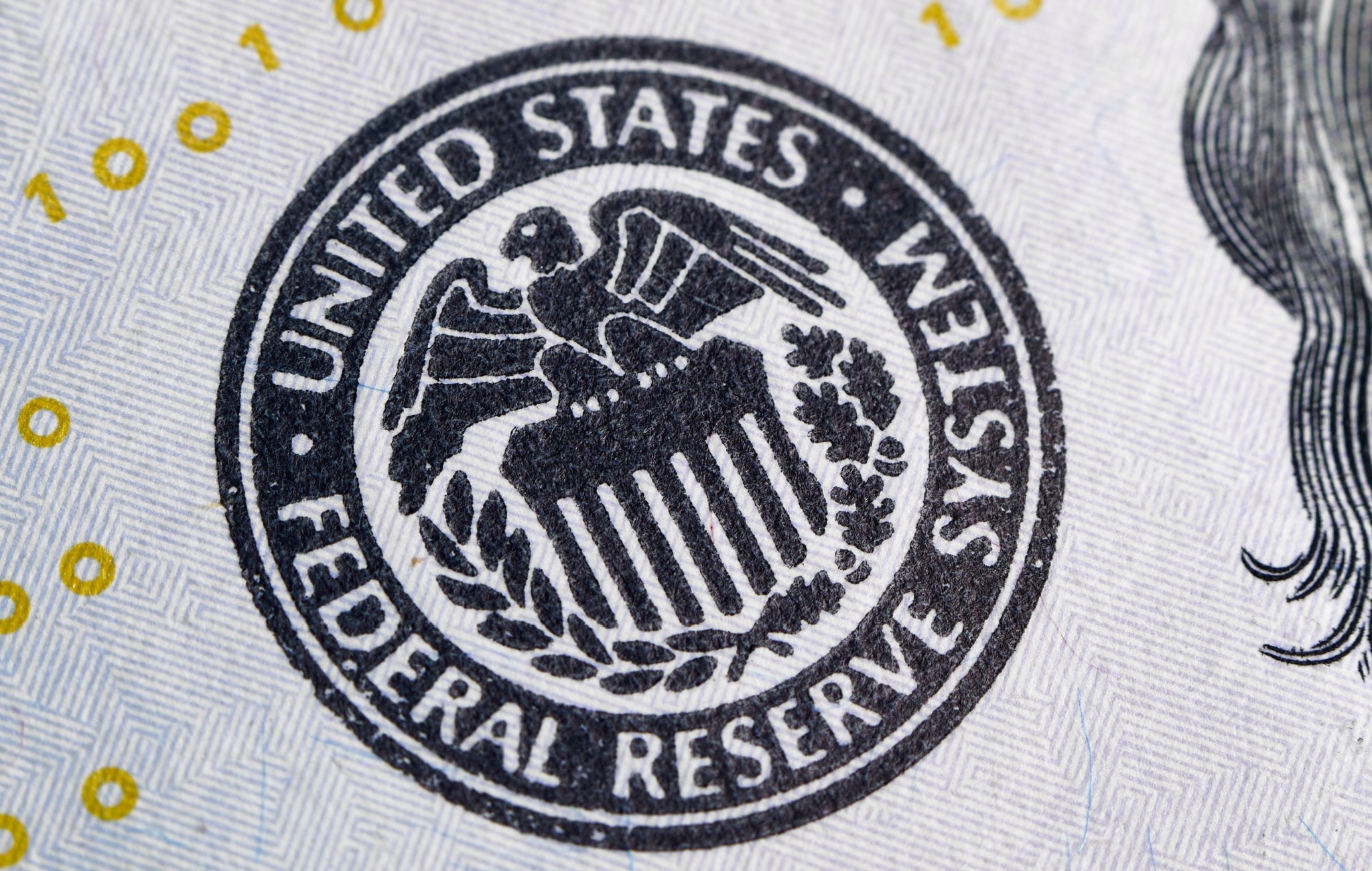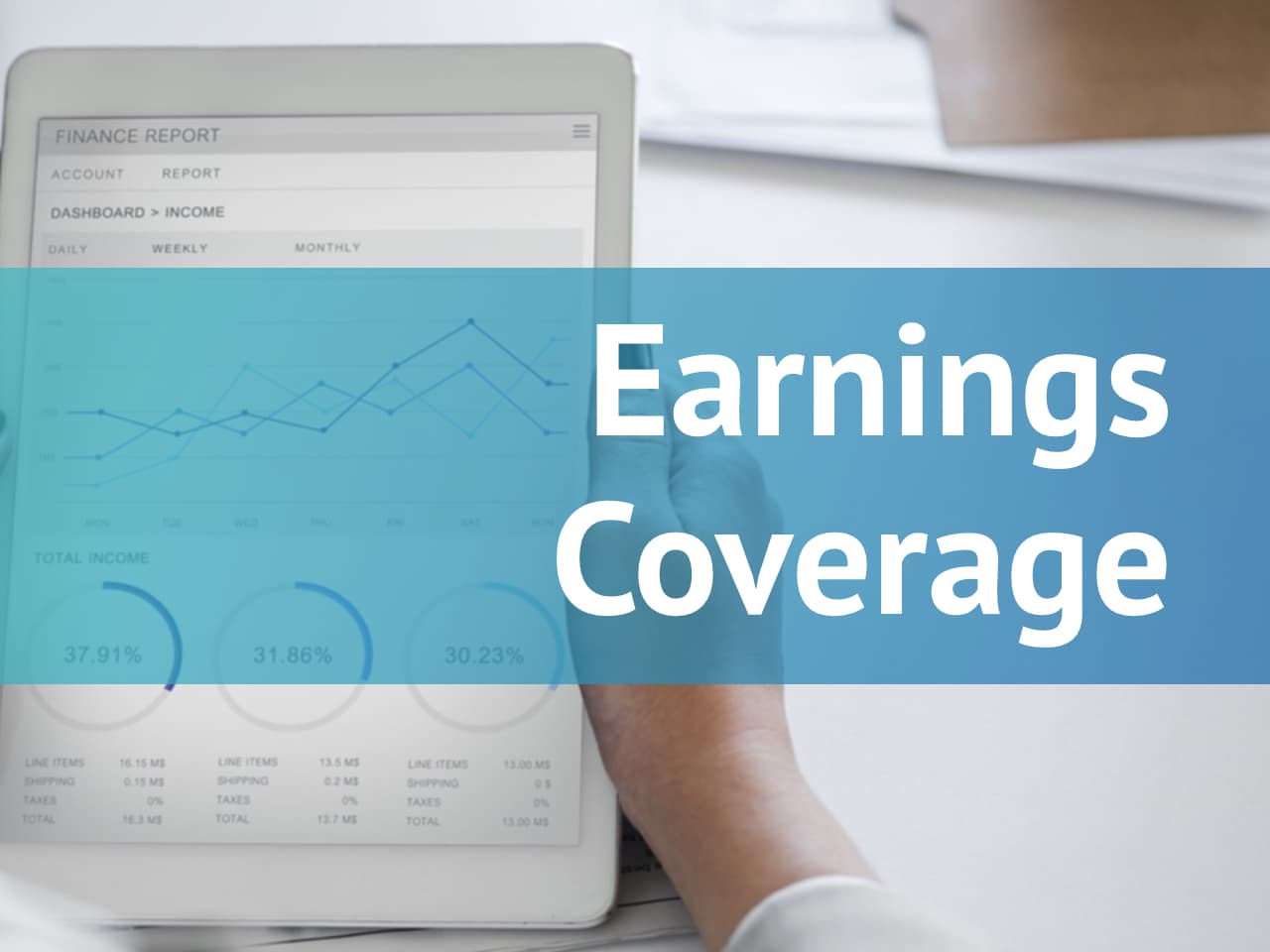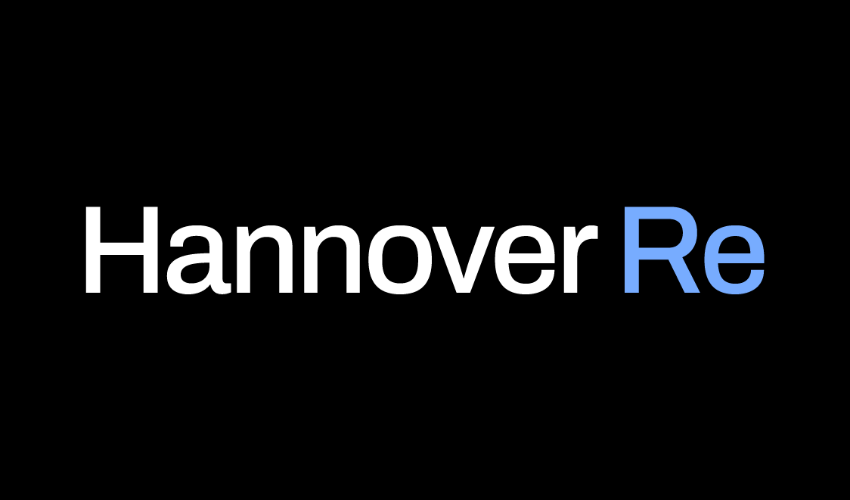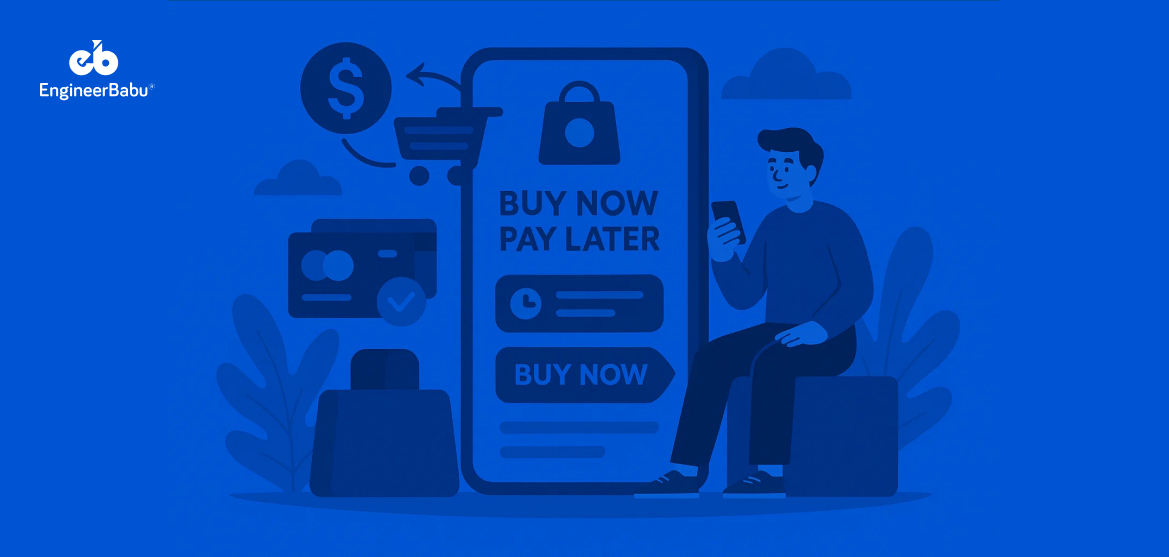When it comes to figuring out what kind of mortgage you need, the most common question asked is whether you should go fixed or variable. What often slips people’s minds is that a variable rate mortgage can actually be categorized into two distinct types: a variable rate mortgage and an adjustable rate mortgage.
Let’s dive into the distinctions between these two, exploring the advantages and disadvantages of each option.
What is a variable rate mortgage?
A variable rate mortgage comes with an interest rate that changes based on the rate set by your central bank. On the other side, in a fixed rate mortgage, your interest rate stays constant throughout the agreed-upon term.
Usually, your lender will tie your variable rate to the “prime rate,” which is the benchmark rate set by financial institutions for lending. The big banks often work around the same prime rate, offering you a variable rate mortgage like “prime minus 0.5,” meaning your interest is set at the prime rate minus 0.50%. As the Central bank adjusts the policy interest rate, the interest on your mortgage changes monthly. For instance, if you have a $500,000 mortgage and interest rates increase by 0.25%, your monthly interest payment goes from $1667 to $1771.
However, this doesn’t mean your monthly mortgage payments change. They stay fixed at the amount agreed upon at the start of your mortgage term. This fixed monthly payment is determined by your mortgage size and interest rate, with a portion going toward the principal and the interest. The initial calculation uses your agreed-upon amortization period, like a 25-year period to pay off the mortgage.
So, let’s look into what happens when the policy interest rate changes. Even though your monthly mortgage payment stays constant, the part allocated to interest fluctuates. If interest rates drop, your interest payment decreases. This results in more money going toward the principal, which in turn shortens your amortization period. On the other side, if interest rates rise, the interest portion of your mortgage payment increases. This means it takes longer to pay off your mortgage and your amortization period extends.
This ensures you won’t suddenly face a significant jump in your monthly mortgage payments, which is great for budget stability. Unless, of course, you hit your mortgage trigger rate due to a substantial increase in interest rates beyond your initial rate.
What is a mortgage trigger rate?
A mortgage trigger rate is when your monthly mortgage payments fail to cover the monthly interest on your mortgage. When interest rates take a hike, a larger chunk of your fixed monthly payment goes towards interest rather than paying down the principal, ultimately stretching out your amortization period.
Everyone’s mortgage trigger rate is unique, depending on their initial interest rate, the length of their amortization period, and the size of those monthly mortgage payments. Fixed-rate mortgage holders catch a break here since they don’t have a trigger rate – their interest remains locked in for the mortgage term. However, for those with variable rates, reaching the trigger rate brings two options from lenders: pay extra interest owing in installments or increase your monthly mortgage payments to cover the extra interest and shrink that amortization period.
What is an adjustable rate mortgage?
An adjustable rate mortgage (ARM) works a lot like a variable rate mortgage, meaning the interest rate can change over time. However, unlike your usual variable rate mortgage with fixed payments until you hit a certain trigger rate, an adjustable rate mortgage doesn’t lock in fixed payments. With an ARM your monthly payment changes based on the current interest rates.
So, if your central Bank decides to hike interest rates, be prepared—your monthly mortgage payments are going up too. They’ll climb to match the higher interest rate, all the while keeping your principal payment and amortization period unchanged.
So, should you lean towards a variable rate mortgage or an adjustable rate mortgage?
For a variable rate mortgage:
- Plus side: Fixed monthly payments for easy planning.
- Another plus: No immediate payment hike if interest rates go up.
- Minus side: No benefit from lower payments if interest rates drop.
- Bummer: Hitting your trigger rate could be a nasty surprise.
And how about an adjustable rate mortgage?
- Good news: Payments go down if interest rates take a dive.
- More good news: Amortization period stays put.
- Catch: Variable monthly payments make for an uncertain budget.
- Watch out: If interest rates rise, your monthly payments will also increase.
In the end, the mortgage you pick depends on your financial situation and homeownership goals. Consider signing up to Perch to start shopping offers from our mortgage lenders who provide variable rate or adjustable rate mortgages.
The views and opinions expressed herein are the views and opinions of the author and do not necessarily reflect those of Nasdaq, Inc.







































